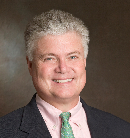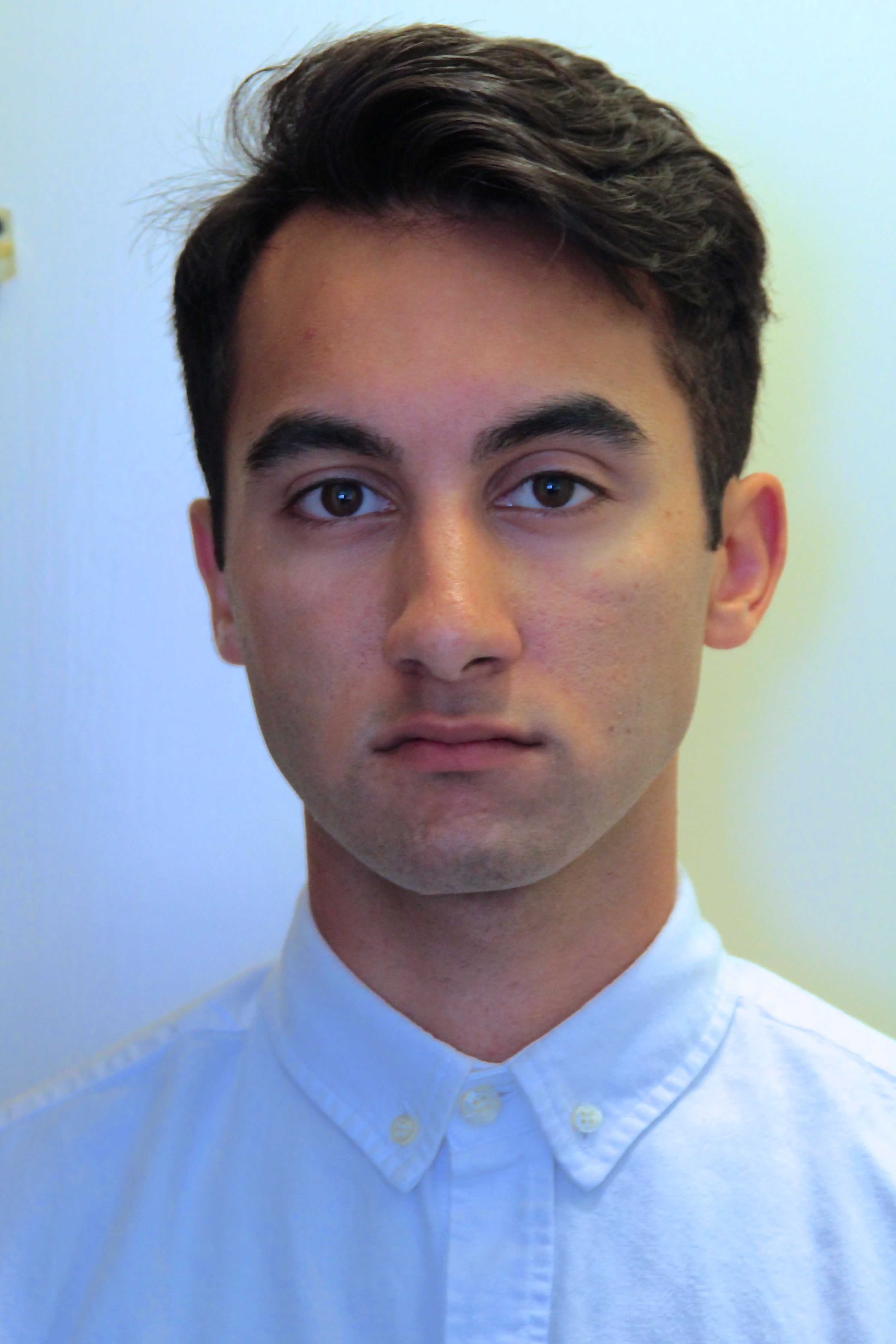Contributor: Arjan Singh
Work and Life is a radio program hosted by Stew Friedman, director of the Wharton Work/Life Integration Project, on Sirius XM’s Channel 111, Business Radio Powered by Wharton. Every Tuesday at 7 pm EST, Stew speaks with everyday people and the world’s leading experts about creating harmony among work, home, community, and the private self (mind, body, and spirit).
On Work and Life, Stew Friedman spoke with Dr. Ned Hallowell, a child and adult psychiatrist, leading authority in the field of ADHD and a former faculty member of the Harvard Medical School. He is a New York Times bestselling author and founder of the Hallowell Centers, which are located in Boston, New York, San Francisco and Seattle. Dr. Hallowell spoke with Stew about his most recent book Driven to Distraction at Work: How to Focus and Be More Productive.
The following are edited excerpts of their conversation.
Stew Friedman: Dr. Hallowell, you have just published Driven to Distraction at Work, which is a super hot topic now. Everyone seems to be overwhelmed or driven to distraction. As a psychiatrist, you bring a medical perspective to this issue. So first, let’s start with what is clinical ADD? And what is run of the mill everyday distraction?
Dr. Ned Hallowell:  I often ask, ‘do you have true ADD or a severe case of modern life?’ Five to ten percent of the population has true ADD or ADHD. I would say 75 to 80% have a severe case of modern life or what I call, attention deficit trait, ADT. That’s not an inborn condition. If you have true ADD, you are born with it. ADT is induced by modern life – the busyness of modern life. In many ways, the great thing of modern life is you can do so much. But the curse of modern life is you can do so much.
I often ask, ‘do you have true ADD or a severe case of modern life?’ Five to ten percent of the population has true ADD or ADHD. I would say 75 to 80% have a severe case of modern life or what I call, attention deficit trait, ADT. That’s not an inborn condition. If you have true ADD, you are born with it. ADT is induced by modern life – the busyness of modern life. In many ways, the great thing of modern life is you can do so much. But the curse of modern life is you can do so much.
If you don’t take control, then you become the victim of modern life. And instead of being wonderfully productive, you feel like you’re running around in circles, feeling kind of frazzled and frantic and frenetic and forgetful and frustrated. If you’re not careful, the world takes you over. One of the rules of modern life is if you don’t take your time, it will be taken from you.
The good news is that this is a problem everyone can solve. Every organization can solve. Every family can solve. Tim Armstrong, the CEO of AOL, is turning that company around. A major policy he implemented that is driving the turnaround is what he calls ‘10% think time.’ He requires all his executives to spend 10% of every workweek thinking.
SF: Let’s back up for a minute: How did you get into this? And what are the big costs that you are seeing?
NH: I wrote an article in the Harvard Business Review called “Overloaded Circuits: Why Smart People Underperform.” They told me that the biggest complaint they were getting from executives was being able to focus. And that was the genesis of this book. As you let your circuits get overloaded, you tend to underperform and you feel frustrated. Most people’s solution to everything is simply to try harder. It’s imperative that you work smarter, not harder. It means creating boundaries and prioritizing. It means clearing out time to think.
There is this massive “superficialization” of life. Relationships become ‘sound bite relationships.’
SF: What are ‘sound bite relationships’?
NH: “Hello.” “Goodbye.” “What are we doing this weekend?” Just short-takes and no in-depth conversation or any conversation more than a minute or two.
SF: What are the consequences of this superficialization of our relationships?
NH: The human cost is less than a full and satisfying life. Economic cost is many, many, many billions of dollars. The bottom line is that it is a lot of time. The good news is that it is eminently solvable.
SF: What’s a good place to start?
NH: Start with your screens, because that is the biggest sinkhole. Look at how much you give into “screen-sucking.” Screen-sucking refers to the very common tendency of I’m just going to check my email and then you’re still there an hour later. You’re not aware of how much time you give away. The first step is to find out how much time you give away to screen-sucking. The easiest way to become aware of that is to turn the device off and not allow yourself access to it. Step two is to reserve time to think. That can be to write a proposal, to try to work through a problem or reason your way through a personnel or marital problem you are having. But to ponder, think, wrestle with. Reserve an hour. Step three is taking stock – what are your priorities? You would be amazed at how many people do not know what their priorities are. So sit down and ask yourself what matters most to you.
I had one patient who called her husband’s laptop his “plastic mistress.” He was with that laptop far more than he was with his wife.
Another important intervention – watch out for the modern habit of multi-tasking. The brain cannot focus on two tasks simultaneously.
SF: What do you say to your boss who says I need you 24/7?
NH: You come as a group. The boss that insists on that is going to get fired. The idea of 24/7 is over. Management is all about brain management. How do we partition time – online, offline, available, not available? You do your best work when you’re ‘not available.’ And the enlightened managers know this. You want to begin the discussion in your organization. What is the best way to get the most out of all of our brains? Raise it as a question.
SF: Let’s talk for a minute about entrepreneurs. There’s a lot of entrepreneurial activity here at the Wharton School and around the world. What we hear from so many young people is the idea that their entrepreneurial startup is a 24/7 proposition, and that they have to be in work mode all the time. Do you work with people of that generation and in that kind of environment? And if so, how do you help them deal with distraction, overload, burnout?
NH: Yes, indeed. The book that I am working on now is about the mind of the entrepreneur. The working title is Race Car Brain: Tuning up the Mind of the Entrepreneur. Entrepreneurs have these race car brains. They are incredibly fast, and they love it that way. Their challenge is learning to strengthen their brakes, learning how to plan more effectively, learning not to jump the gun, learning how to ‘ready-aim-fire’ instead of ‘fire-ready-aim.’
Keep in mind 90% of new businesses fail. The best advice you can give an entrepreneur is “don’t do it.” But, these people are un-dissuadable.
SF: What is the one best way for an entrepreneur to strengthen his or her brakes?
NH: Choose a partner wisely. Choose someone who is different than you. Someone who has good brakes and will you pull you back and say ‘let’s think about this’ before we sign on the dotted line. A big reason for failure is the two people with a great idea, both have brains with no brakes, and they blow up. Try to slow down to learn a bit. You do not be so stubborn and headstrong that you think you have all the answers. Do not let your bravado and incredible energy burn you out, bring you down, or blow you up.
To learn more about Dr. Ned Hallowell, please check out his website and his new book Driven to Distraction at Work.
About the Author
Arjan  Singh is an undergraduate junior at the Wharton School.
Singh is an undergraduate junior at the Wharton School.
Leave a Reply